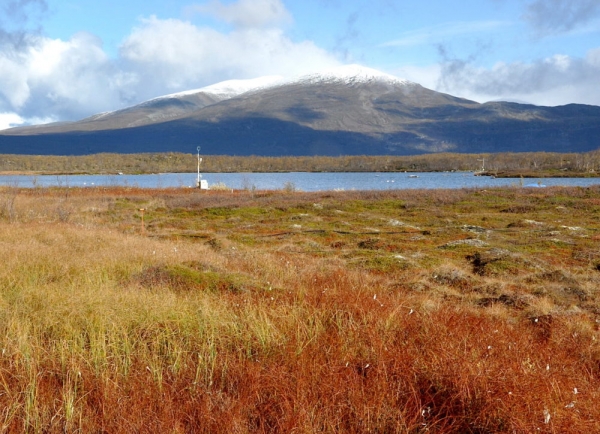A study in northern Sweden found that melting permafrost released one tenth as much methane as expected, suggesting emissions from thawing Arctic tundra could be less than previously feared.
Once Arctic permafrost melts, microbes are able to consume the once-frozen organic matter trapped in the soil. As a byproduct of this process, microbes produce large amounts of methane, an extremely potent greenhouse gas. Scientists have long warned that rising temperatures would spur the release of more methane in the Arctic, leading to yet further warming. But new research on melting permafrost in Sweden suggests such emissions may be much smaller than predicted.
For the study, scientists gauged emissions from one swath of permafrost that thawed in the 1980s and another that thawed 10 to 15 years later. Emissions in the first area were 10 times less than in the second. That’s because as ice melted underground in the first area, water on the surface began to sink down into the soil. As the surface dried out, new plants emerged that helped keep methane emissions buried underground.
Read more at: Yale Environment 360
In northern Sweden, wet-loving grasses seen on the left are giving way to stout, dry-loving shrubs as permafrost melts. These shrubs are helping to limit methane emissions, new research finds. (Photo Credit: Bo Elberling)


